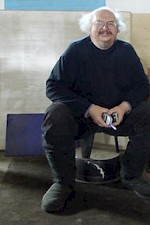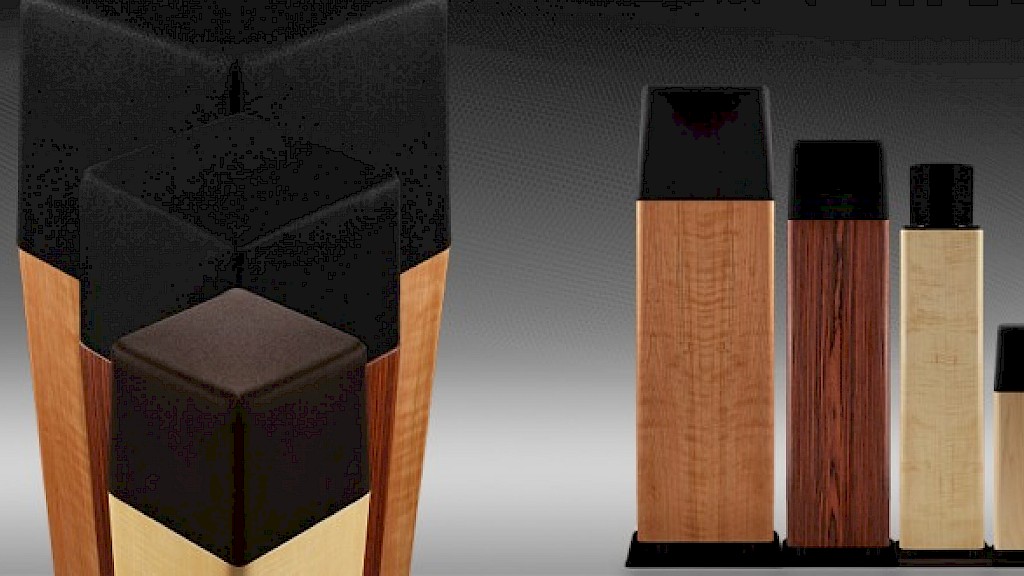What Is the Weakest Link in Your System?
When you’ve been in the audio business for a while, family, friends – and even friends of friends – assume that you know something. Or at least more than they do. So we get questions – at family gatherings, by phone and now by e-mail.
Over the years, a frequent and recurring question runs something like this: “I’ve got an ABC amp and a DEF turntable – or CD player, or another kind of input source device – and XYZ speakers. I know I’m not getting the most out of my system, but what is the weak link?”
My answer today may surprise you. Today, the weakest link in any competent audio system is likely to be – the speakers. In days past, this was not so. But for 50 years, since the advent of solid-state electronics, amplifiers and other devices have been reliably accurate and stable. And for the last 20 years, it’s probably been harder to buy a bad amplifier than a good one. The icing on the electronics cake? Over the last decade, electronics have not only been getting better – they’ve been getting cheaper!
Digital HD technology has also eliminated the problems caused by phono cartridges that were misaligned, damaged – or not very good start with.
So that leaves the speaker and its interaction with the room – often the forgotten component. Good speakers, their design, and the sound produced in a real room to a real listener is somewhere between art and science – akin to fireplace construction.
A speaker that measures well (Who knows what to measure? That will be for another post.) may sound problematic when faced with a real-world room and particular music. It’s well known that a given speaker will sound brighter in a room with a wood or tiled floor, light window coverings and sparse furniture than it will sound in a room with carpeting, heavy drapes and heavily upholstered couches and chairs. Most audio enthusiasts know and understand the relationship between sound output, frequency and the sound absorption of a room.
But there are less obvious interactions. Room size and dimensions that can generate standing waves and speaker placement relative to walls and corners are just a few. Listener position is also a factor. Some speakers – even those costing a king’s ransom and positioned in a room specifically designed for them – may sound less than ideal once a second listener has been placed in the room. It is more than likely that no two speaker models, even when placed in the same room, will sound and perform identically.
Subscribe to Ohm News & Views to get the latest posts in your inbox
So, where does this leave the audio enthusiast and music lover? Is the pursuit of excellence doomed to real-world failure?
My take is, no. While perfection may be a long pursuit, strengthening the weakest link is a real-world reality. First, know what kind of sound you like and what kind (or kinds) of music you listen to. Then do some research. Talk to friends, “experts,” etc. I suspect that you will discover not just one speaker that might be right for you, but several.
Try to find someplace that you can audition the speaker. And finally, try to get a “home trial.” Remember that the speaker will sound different in your listening room than it did in the store or your friend’s home. The only way to know if you’ve really strengthened your weak link is by living with it.
Enjoy and good listening,
John
John Strohbeen Author
John Strohbeen is the president of Ohm Speakers.


